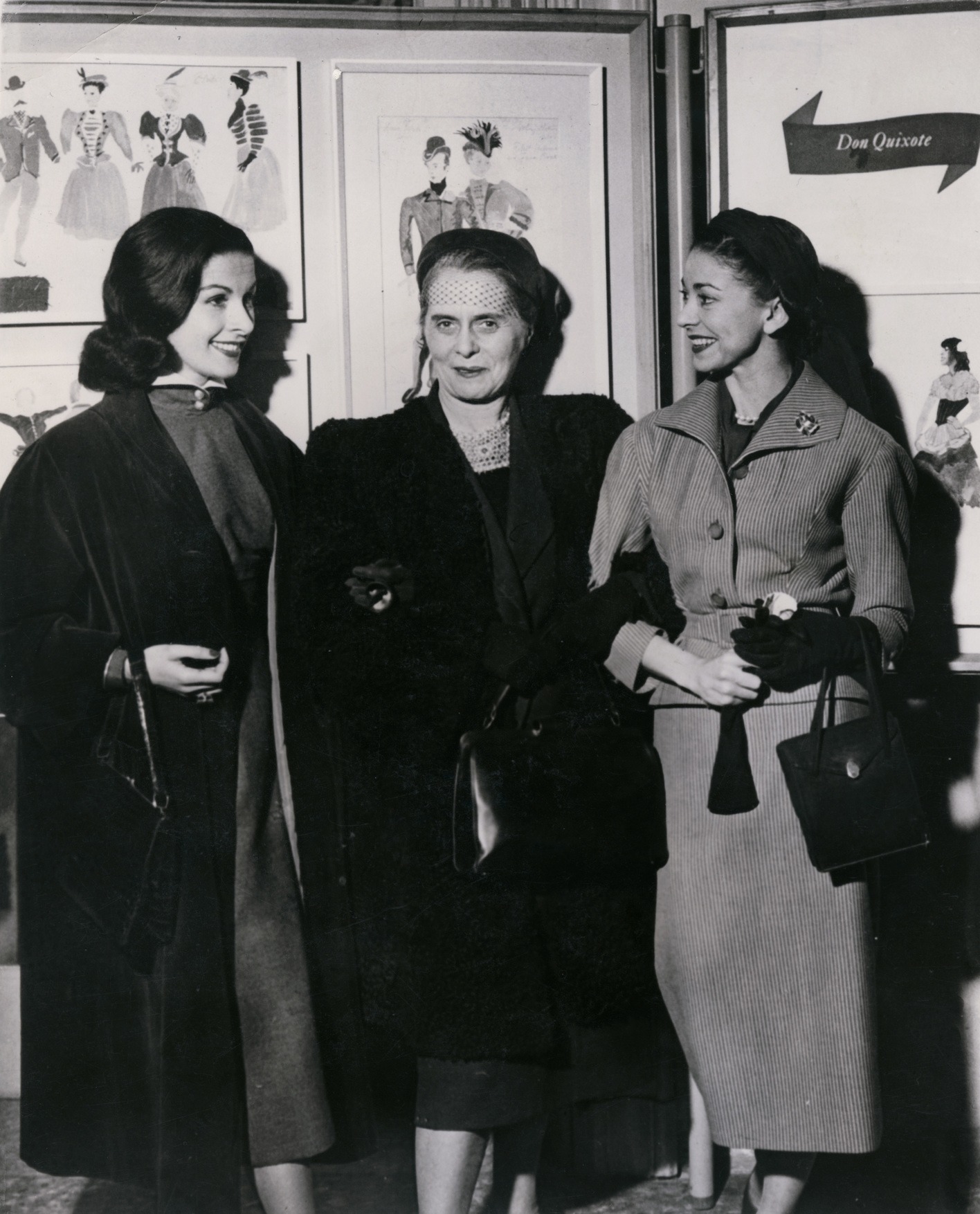people » Margot Fonteyn
Margot Fonteyn (1919-1991). British prima ballerina assoluta
Margot Fonteyn is arguably the most famous ballerina of the 20th century, if not of all time, certainly in Britain and the English-speaking world. Her artistry, her poetic sensitivity and dramatic strength and her musicality are legendary. So are her interpretations of the great classics and her many creative collaborations with Frederick Ashton, and her dancing partnerships with Robert Helpmann, Michael Somes and latterly, and perhaps above all, with Rudolf Nureyev.
Peggy Hookham, as Fonteyn was originally named, was born in Reigate, Surrey, in 1919, but was brought up mainly in China, until the age of 14. She then came to London, studied under Serafina Astafieva and joined the Vic-Wells Ballet School. Her first solo role was in 1934, in Ninette de Valois’ The Haunted Ballroom. As early as 1935, she replaced Markova as the ballerina of the Vic-Wells Ballet (later the Sadler’s Wells Ballet), and so began her partnership with Robert Helpmann, and also her collaborations with Ashton and Constant Lambert, the company’s music director. Her first really important role was indeed in the 1935 revival of Lambert’s Rio Grande, to choreography by Ashton. As ballerina she danced Giselle first in 1937, to be followed by leading roles in all the classics and in the great majority of Ashton’s many ballets for the company.
Fonteyn’s untiring work during the war, often in partnership with Helpmann, helped to establish both ballet and the Sadler’s Wells Ballet in Britain and was no doubt partly responsible for the triumphant re-opening of the Royal Opera House with ballet in the form of the now famous performance of Marius Petipa’s The Sleeping Beauty in 1946, with Fonteyn as Princess Aurora. There then followed numerous triumphant American tours in which Fonteyn played a leading role, and she also toured widely herself as a guest artist throughout Europe and beyond. Among the many Ashton ballets in which she created roles should be mentioned Symphonic Variations, Daphnis and Chloe, Ondine, Sylvia and Marguerite and Armand.
By 1960 Fonteyn was an international celebrity, and had indeed been released from her contract with The Royal Ballet to work on a freelance basis, but just when her career might have seemed to be running down, she struck up the legendary partnership with the mercurial Nureyev, who had recently defected from the Soviet Union, and who was nearly two decades her junior. Perhaps the most enduring legacy of that partnership was Ashton’s creation for the pair, Marguerite and Armand in 1963, and in the title roles of Kenneth MacMillan’s Romeo and Juliet (1965).
In the 1970s, Fonteyn cut down her balletic commitments somewhat, before finally retiring in 1979, when The Royal Ballet named her as prima ballerina assoluta of the company. In 1955 Fonteyn had married a Panamanian diplomat, Roberto Arias, who became paraplegic following an assassination attempt in 1966. Fonteyn’s last years were spent in Panama and involved caring for her husband until his death in 1989. She herself died in Panama in 1991. She was created CBE in 1950 and DBE in 1956.

